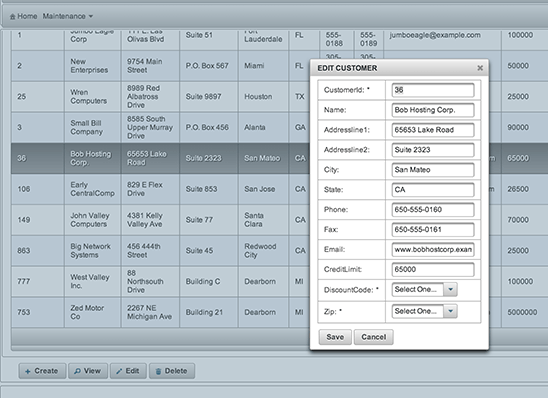

Also, you can always learn more about these topics in our documents.īasically speaking, when visitors want to authenticate themselves, your app will redirect them to the Auth0 Login Page.

Auth0 facilitates using both standards through mature, open-source libraries. Note: If you are not acquainted with these standards, don't worry. In fact, in this article, you will secure your JavaServer Faces and Java EE application with OAuth 2.0 and OpenID Connect. Whenever you are using Auth0 to secure your application, you can rest assured that you are using battle-tested, state-of-the-art solutions that rely on standards like OAuth 2.0, OpenID Connect, and SAML. Support to multiple Identity Providers (IdP).Īuth0 is all about open standards.Along with other features, Auth0 allows you to integrate into your apps features like: Why Use Auth0?Īuth0, the global leader in Identity-as-a-Service (IDaaS), provides thousands of enterprise customers with a Universal Identity Platform for their web, mobile, IoT, and internal applications. The goal here is to have a sample application that is both complete (in the sense of having public and protected views) and easy to grasp (without complex and long source code). However, to share their thoughts through the app, first, visitors will have to authenticate themselves through Auth0. Visitor of your application, without having to authenticate themselves, will be able to see every publication that your users add. To see JavaServer Faces and Java EE in action, in this article, you will build a simple microblog web application.
#PRIMEFACES CHANGE STACK MENU LOCATION CODE#
You can find the complete source code developed throughout this article in this GitHub repository.

#PRIMEFACES CHANGE STACK MENU LOCATION HOW TO#
TL DR: In this article, you will learn how to use Java EE (Enterprise Edition) technologies, such as JavaServer Faces (JSF), to build robust web applications.


 0 kommentar(er)
0 kommentar(er)
